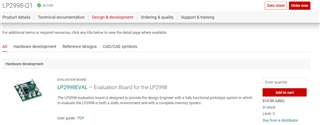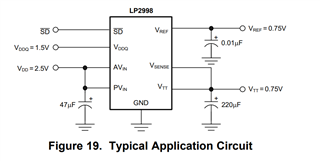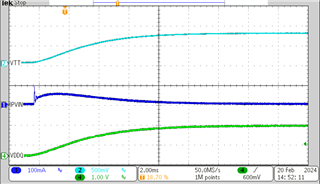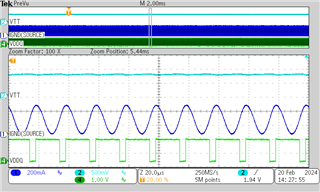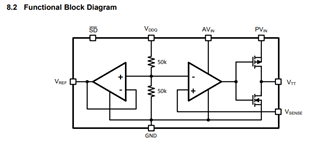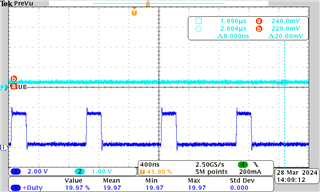Other Parts Discussed in Thread: LP2998EVAL,
Hi team,
Hope you‘re doing well!
1、What is the delay/calculation between VTT and VDDQ?
2、Can VDDQ be connected to PWM to dynamically adjust the output of VTT?
3、How will VTT output if VDDQ inputs a 3.3V PWM?
4、If it can be realized, is there any relevant schematic diagram or simulation that can be provided?
5、Neither Ti.com nor Tisample has LP2998EVAL. Is there any other ways which I can apply to obtain LP2998EVAL?
Thanks!


